Black Mirror

TV-MA, (2011-), Sci-Fi/Mystery, 1h
TV-MA, (2011-), Sci-Fi/Mystery, 1h
Table of Contents
What Is Black Mirror About?
An anthology series that explores the dark and often dystopian consequences of technology and society’s relationship with it.
Why You Should Watch Black Mirror
Black Mirror is a unique and thought-provoking TV series that explores the consequences of our relationship with technology. The show presents a series of standalone stories that are set in a dystopian version of the future, where technology has taken over our lives in unexpected and often unsettling ways.
What sets Black Mirror apart from other shows is its ability to tap into our fears and anxieties about the future. Each episode presents a different aspect of our technology-obsessed world, and in doing so, it holds up a mirror to our own society. The show explores themes like the dangers of social media, the ethics of artificial intelligence, and the consequences of a world ruled by technology.
One of the most interesting aspects of Black Mirror is the way it blurs the line between science fiction and reality. While the show is set in a dystopian future, many of the technologies and concepts presented in the series are not too far removed from our own world. From the rise of virtual reality to the increasing power of social media, Black Mirror often feels like a warning of what’s to come if we’re not careful.
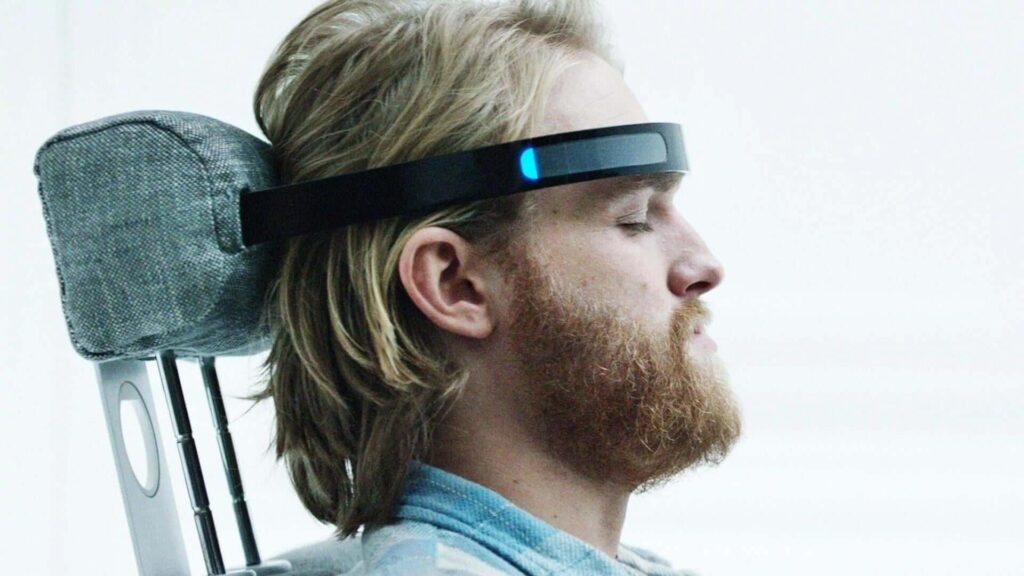
But perhaps what makes Black Mirror” so compelling is the way it challenges our assumptions about technology. The show is not simply a cautionary tale about the dangers of technology; it’s a nuanced exploration of the complex relationship we have with our devices. Through its exploration of themes like memory, consciousness, and power, the show forces us to confront the ways in which technology shapes our lives and our sense of self.
At its heart, Black Mirror is a show about the human condition. While the series is set in a world where technology has taken over, the show’s true focus is on the ways in which humans interact with each other and the world around us. Whether it’s the ethics of artificial intelligence, the consequences of virtual reality, or the impact of social media, the show ultimately asks us to consider what it means to be human in a world ruled by technology.
One of the most striking things about Black Mirror is its ability to evoke a sense of dread and unease. The show’s dark and unsettling tone is a perfect match for its dystopian world, and the result is a series that often leaves viewers feeling uncomfortable and unnerved. Yet, despite its bleak outlook, the show is also deeply compelling and thought-provoking. It’s a show that challenges us to think critically about our relationship with technology, and to consider the consequences of a world ruled by our devices.
In the end, Black Mirror is a show that defies easy categorization. It’s part science fiction, part horror, part social commentary, and all thought-provoking. It’s a show that challenges us to confront our own assumptions about the world we live in, and to consider the ways in which technology is changing our lives. Whether you’re a fan of science fiction or simply looking for a thought-provoking and unsettling viewing experience, Black Mirror is a must-watch.

The Theme of Black Mirror
One of the primary themes of Black Mirror is the idea that technology is not inherently good or bad, but rather its impact on society depends on how it is used. In many episodes, the show explores the unintended consequences of technology, such as the rise of social media and the way it can be used to manipulate and control people. Other episodes look at the ethics of artificial intelligence and the impact it could have on society if we’re not careful.
Another key theme of Black Mirror is the way technology can blur the line between reality and virtual reality. Many episodes explore the idea of immersive technology, such as virtual reality and augmented reality, and how they could impact our sense of self and our ability to distinguish between what is real and what is not. The show often questions the value of our digital lives and asks us to consider how much of our identity is tied to our online presence.
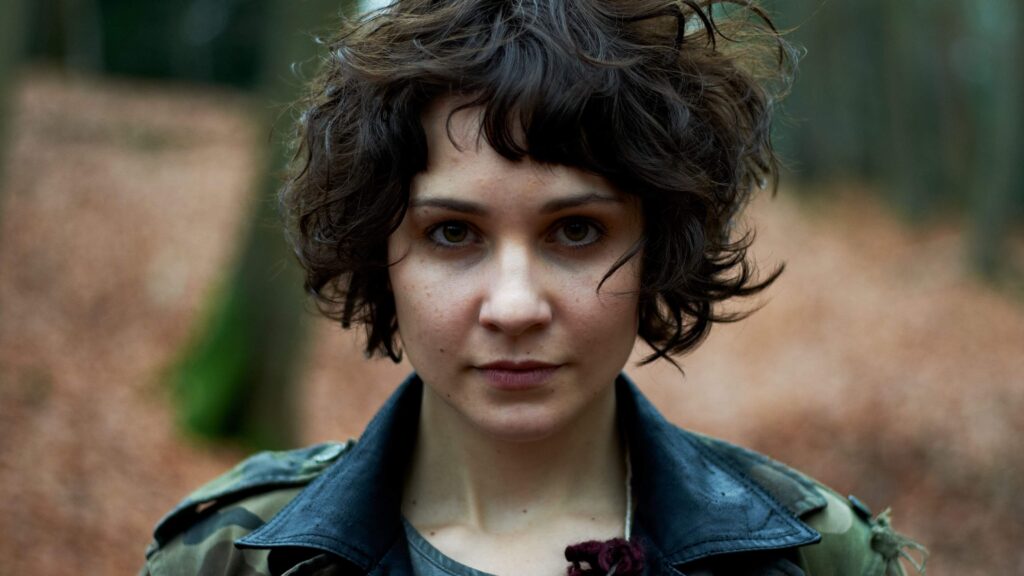
Black Mirror also explores the impact of technology on relationships and social interaction. Many episodes present a world where people are increasingly isolated and disconnected from each other, often due to their dependence on technology. The show questions the value of human connection and asks us to consider what we lose when we rely too heavily on technology to communicate and interact with others.
In addition to its exploration of technology, Black Mirror also tackles broader social issues such as power dynamics and social inequality. Many episodes present a world where the powerful use technology to manipulate and control those who are less privileged. The show challenges us to consider the ways in which technology can be used to perpetuate systems of oppression and asks us to question who benefits from a world ruled by technology.
Finally, Black Mirror often deals with themes of memory and identity, questioning how technology can impact our ability to remember and construct our sense of self. The show asks us to consider the ways in which technology can impact our memories and how it could be used to manipulate our sense of reality.
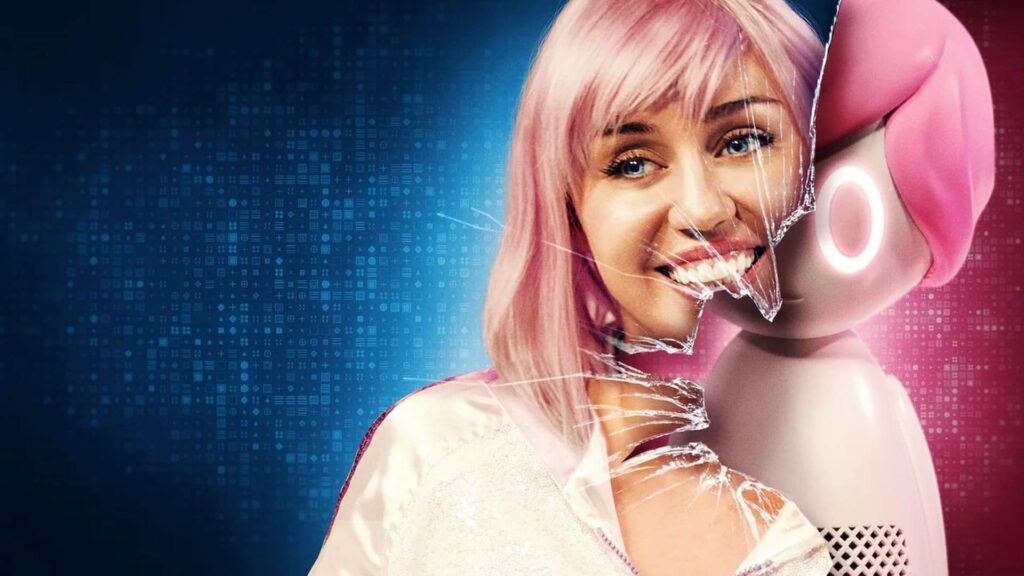
The Cinematography of Black Mirror
The cinematography of Black Mirror is often praised for its unique and creative visual style. The show’s use of lighting, color, and camera movement all work together to create a distinctive look and feel that helps to convey the show’s themes of technology, isolation, and paranoia.
One of the most notable features of Black Mirror” cinematography is its use of color grading. The show often employs desaturated, muted color palettes that give the visuals a cold, sterile look. This is especially true in episodes like “Nosedive” and “Shut Up and Dance,” where the washed-out colors reflect the oppressive nature of the societies depicted in those episodes. In contrast, episodes like “San Junipero” and “USS Callister” use vibrant, saturated colors to create a more immersive, otherworldly atmosphere.
The show also makes use of a lot of dynamic camera movement, particularly in scenes that involve technology or virtual environments. This can be seen in episodes like “USS Callister,” where the camera frequently tracks through the digital environment of the titular video game, or “Playtest,” where the camera movements help to create a sense of disorientation and confusion as the protagonist is plunged into a virtual reality nightmare.
Lighting is another key element of Black Mirror cinematography. The show often uses stark, harsh lighting to create a sense of unease and disquiet, particularly in scenes that involve technology or other futuristic elements. In episodes like “Metalhead,” the use of low-key lighting and deep shadows helps to create a sense of tension and danger as the characters navigate a hostile, post-apocalyptic landscape.
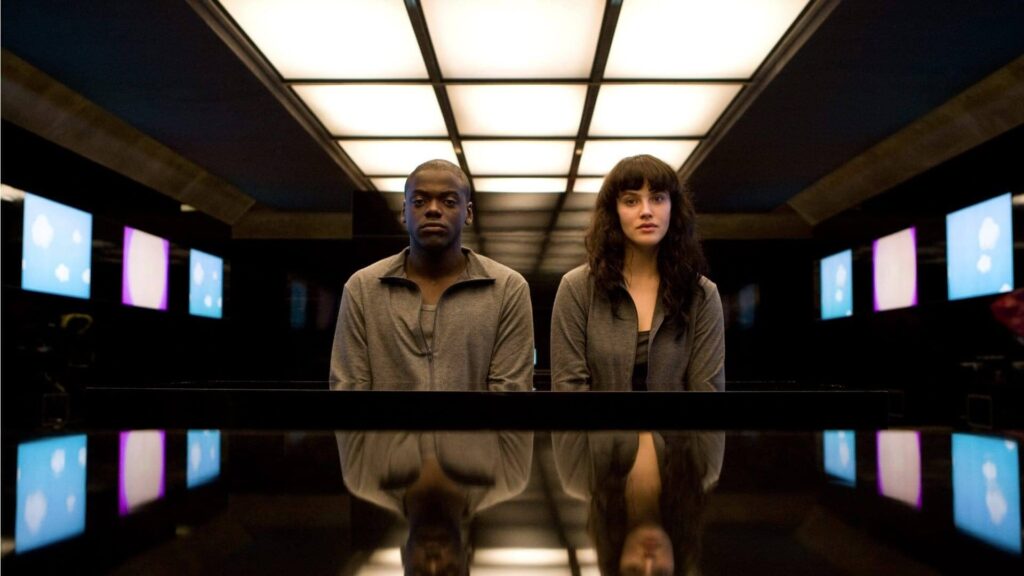
The Soundtrack of Black Mirror
The soundtrack of Black Mirror features a wide range of music from various artists and genres, as well as original compositions from composers such as Cristobal Tapia de Veer and Max Richter.
The show often uses music to heighten the emotional impact of key scenes, with songs that range from hauntingly beautiful to intensely unsettling. In episodes like “San Junipero,” the soundtrack features a mix of ’80s pop and rock tunes that help to create a sense of nostalgia and longing, while in episodes like “USS Callister” and “Metalhead,” the music is often dark and foreboding, reflecting the tense and dangerous situations that the characters find themselves in.
One of the most iconic pieces of music associated with Black Mirror is the theme tune, which was composed by Cristobal Tapia de Veer. The theme is a haunting and disorienting piece of music that perfectly captures the show’s eerie and unsettling atmosphere.
In addition to the music used within the show, Black Mirror has also spawned a few soundtrack albums, featuring music from various episodes. These albums are a great way for fans to revisit some of the show’s most memorable musical moments and to discover new artists and songs that they may not have heard before.
- “Anyone Who Knows What Love Is (Will Understand)” by Irma Thomas – This soulful song is a recurring theme in Black Mirror and has been used in several episodes, including “Fifteen Million Merits,” “White Christmas,” and “Men Against Fire.”
- “Heaven Is A Place On Earth” by Belinda Carlisle – This upbeat ’80s pop song is featured in the episode “San Junipero” and has become synonymous with the show’s themes of nostalgia and love.
- “Sound and Vision” by David Bowie – This classic track by the late great David Bowie is used in the episode “Be Right Back” and adds to the eerie and melancholic tone of the episode.
- “Exit Music (For a Film)” by Radiohead – This haunting song is used in the season 3 finale “Hated in the Nation” and adds to the dark and foreboding atmosphere of the episode.
- “Anyone Who Knows What Love Is (Will Understand)” by The Sceptres – This version of the song, originally by Irma Thomas, is featured in the episode “Crocodile” and adds to the emotional weight of the episode.
- “Panic” by The Smiths – This classic track is used in the episode “Smithereens” and adds to the sense of desperation and anxiety felt by the main character.
These are just a few examples of the many great songs that have been used in Black Mirror. The show’s music choices are always carefully curated to enhance the themes and emotions of each episode.
You can listen to custom playlist featuring popular songs from the show below.
The Cast of Black Mirror
- Daniel Kaluuya as Bing in “Fifteen Million Merits” – A man living in a dystopian future where people are forced to cycle on stationary bikes to earn merits, which they can use to buy food and other necessities.
- Rory Kinnear as Prime Minister Michael Callow in “The National Anthem”: The leader of the UK who is blackmailed into performing a humiliating act on live television to save the life of a kidnapped member of the royal family.
- Hayley Atwell as Martha in “Be Right Back”: A grieving woman who turns to a new technology that allows her to communicate with a digital replica of her deceased partner.
- Domhnall Gleeson as Ash in “Be Right Back”: The deceased partner of Martha, who is recreated as a digital replica using the new technology.
- Jon Hamm as Matt Trent in “White Christmas”: A man who works for a company that creates “cookies,” which are digital replicas of people’s consciousness that can be used for various purposes.
- Oona Chaplin as Greta in “White Christmas”: A woman who becomes trapped in a digital environment with Matt Trent.
- Gugu Mbatha-Raw as Kelly in “San Junipero”: A woman who meets and falls in love with another woman named Yorkie in a simulated reality called San Junipero.
- Mackenzie Davis as Yorkie in “San Junipero”: A woman who meets and falls in love with Kelly in San Junipero.
- Bryce Dallas Howard as Lacie Pound in “Nosedive”: A woman who lives in a society where people are ranked based on their social media popularity.
- Alice Eve as Naomi Blestow in “Nosedive”: A popular influencer in the same society as Lacie.
- Letitia Wright as Nish in “Black Museum”: A woman who visits a museum that houses various technological artifacts with dark histories.
- Anthony Mackie as Danny in “Striking Vipers”: A man who becomes addicted to a virtual reality fighting game.
- Yahya Abdul-Mateen II as Karl in “Striking Vipers”: Danny’s best friend who also becomes addicted to the virtual reality game.
- Miley Cyrus as Ashley O in “Rachel, Jack and Ashley Too”: A pop star who is exploited by her management company and turned into a virtual assistant.
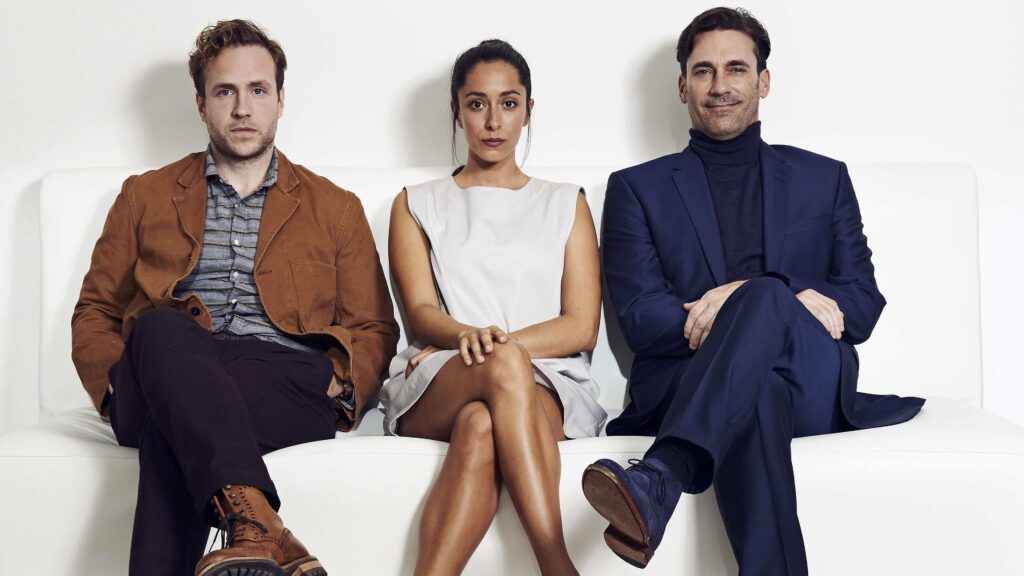
The Filmmakers of Black Mirror
The series created by Charlie Brooker, who is also one of the show’s primary writers and executive producers. The show is produced by Zeppotron, a production company owned by Endemol Shine UK.
Several other writers and directors have contributed to the series over the years, including Annabel Jones (who is also an executive producer), Jesse Armstrong, William Bridges, and Rashida Jones. Directors who have worked on the show include Joe Wright, Dan Trachtenberg, Jodie Foster, and David Slade, among others.
While Brooker is often credited as the driving force behind Black Mirror, the show’s success is due to the collaboration of a talented team of writers, directors, and producers who bring their own unique perspectives and visions to each episode.

Smoked Salmon Avocado Toast

Inspiration
“How Do You Like Your Toast?” – Matt Trent
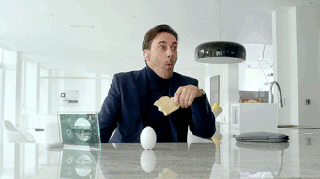
More About Black Mirror
Black Mirror is primarily filmed in the United Kingdom, with many of the episodes shot in and around London. Some episodes have also been filmed in other locations, including South Africa, Iceland, Spain, and Canada. The show’s production company, House of Tomorrow, is based in London and works closely with various UK-based studios and production companies to bring the show to life. The show’s creators have cited the unique visual and cultural landscape of the UK as a major inspiration for the show’s distinctive aesthetic and themes.
This show can be unsettling, but whether or not it is “scary” is subjective and depends on each individual viewer’s threshold for fear. Some episodes may be more disturbing or unsettling than others, but the show is not typically categorized as horror or traditionally scary. It is more accurately described as a psychological thriller, exploring the darker aspects of technology and human behavior. That being said, certain episodes can be intense and emotionally challenging, so it is important for viewers to be aware of the show’s mature themes and content before watching.
Love, Death & Robots shares some similarities with Black Mirror in that both shows explore mature and sometimes unsettling themes through a series of short, standalone stories. However, the tone and style of the two shows are quite different.
While Black Mirror tends to focus on the dark side of technology and its impact on society, Love, Death & Robots is more of an anthology series that explores a wide range of topics, from science fiction and fantasy to horror and comedy. The stories in “Love, Death & Robots” are generally more action-oriented and visually stunning, with a heavy emphasis on animation and special effects.
That being said, both shows are aimed at a more mature audience and share a willingness to explore complex and thought-provoking ideas. If you enjoy the storytelling and intellectual engagement of “Black Mirror,” there is a good chance that you will find Love, Death & Robots to be similarly engaging, even if the style and tone of the two shows are quite different.

